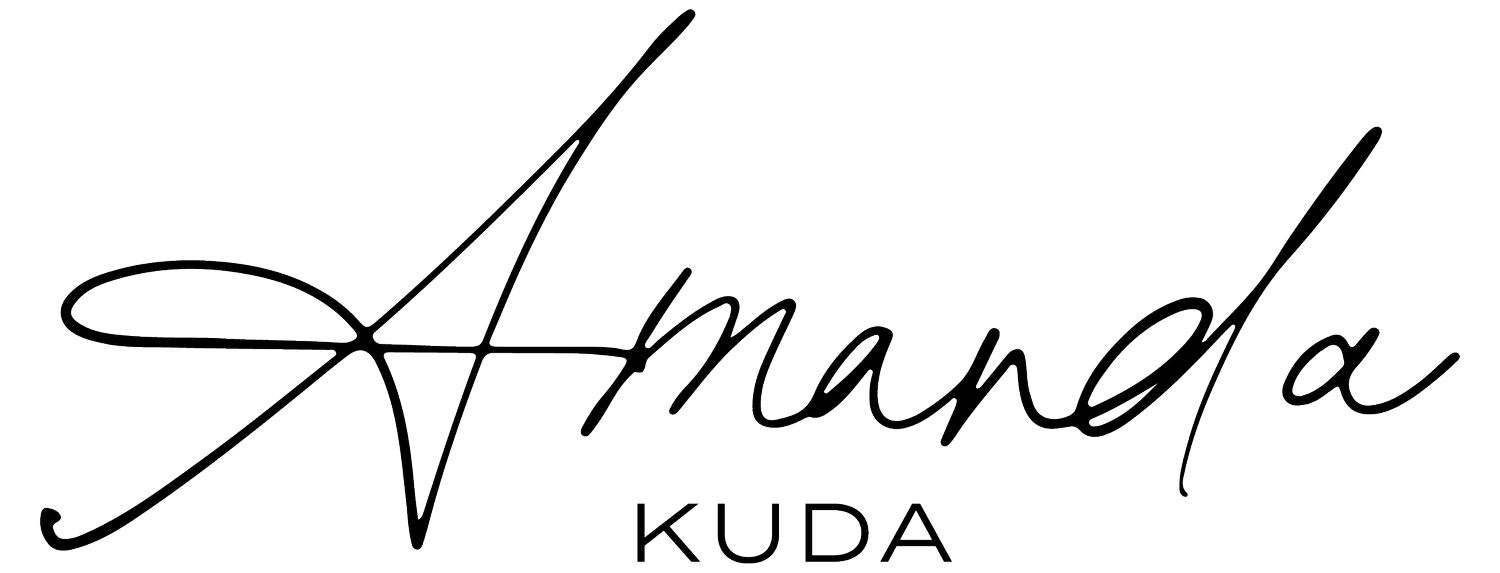What it's Like in an Aerial Arts Class
Earlier this spring, I took a private aerial arts class with several of my gal-pals as part of a bachelorette celebration. While I’d love to tell you I left the class able to gracefully ascend from the ceiling on a silk like Beyonce, I think it best to provide you with a more accurate representation of what happens in an aerial arts class. Under the assumption that many people have not dreamt of or attempted an aerial arts class, I’ll try to make my depiction as detailed as possible. As a frame of reference, I don’t consider myself a daredevil - I have an aversion to heights and tight spaces - I have a background in dance and am a yoga studio regular (so have decent flexibility and consider myself pretty “coachable”).
My group of friends and I entered the aerial arts space with much anticipation and little knowledge of what we’d be doing. The studio had a variety of apparatuses hanging from the ceiling including the silks (think Cirque du Soleil), the trapeze and the lyra (a giant hoop). The calmness I felt as we warmed up and stretched quickly dissipated as I watched a petite contortionist on the other side of the studio as she effortlessly hoisted herself from the floor into the air on a rope apparatus with one arm. She made it look like child’s play. Her students were all muscular men, who struggled to recreate her postures with similar ease and grace.
When it was our turn, we began on the silks. The silks are a long piece of nylon fabric that is tied to create two tails. I find performances on silks to be alluring and breathtaking, so I was particularly excited to give them a try. Our instructors taught us a simple foot bind that would serve as our leverage as we worked our way through a series of three or four poses. The silks were a great first-introduction to aerial work as they allow you to control the movement with both arms and legs and don’t require you to travel far off of the ground. Here are some examples of poses we tried on the silks:
Next, we moved to the trapeze. Most of you are probably familiar with the trapeze: a steel bar that hangs from two nylon ropes. For our class, we were on the static trapeze (as opposed to the flying trapeze where the performer swings, flips, etc.). On the static trapeze, you simply (and I use that word loosely), use the bar to roll and pose. I’ll be honest, my upper body exhausts quickly and I don’t consider myself to be super-strong through my arms and shoulders; which are the main muscles accessed for trapeze work. I found myself quickly asking for assistance to hoist myself onto the trapeze (this required you to dangle from the trapeze with your arms, tucking your lower body to move into an upside-down position hanging from your legs). Getting into the sitting position on the aerial equipment proved to be my greatest challenge for the rest of the class. The trapeze provided a stable sitting surface to perform several sitting tricks.
The final aerial apparatus we tested out during our class was the lyra - it just sounds mystical and graceful, doesn’t it? The lyra is a steel hoop, suspended from two nylon ropes, much like the trapeze (though there are lyras that are suspended from one rope as well). Similarly to the trapeze, I needed some assistance getting into the sitting position on the lyra. Once up and seated; I was comfortable with executing most of the poses. Again, we were guided through a series of graceful poses - some which involved spinning slowly as part of the presentation. Here are some examples of poses we tried on the lyra:
Truly, the toughest part of the aerial arts class is what happened in the days after. My arms, back, shoulders - literally every muscle in my upper body was so sore. If you read my blog on aerial yoga, you know this is a common problem for me and should probably be taken as a sign that I need to work my own upper-body muscles more (I know this because several of the other girls said they were fine). Literally, every muscle hurt - and not just for a couple days, for an entire week. I even remember opening a heavy door at work and feeling my forearms ache when I turned the doorknob!
After sharing this experience with an acquaintance who has taken aerial classes more regularly, I learned that strong aerial performers work to build up their shoulder muscles and focus on accessing those muscles when practicing and performing on aerial apparatuses (as opposed to utilizing the weaker upper-body muscle groups). This allows you to execute moves with more strength and poise. With a little more research, I learned that the aerial arts studio in my area actually offers a class that focuses on building up the muscle groups you need to access most when doing aerial work - because of my noted deficit in the upper-body strength area, I will definitely consider taking some of these strength-building classes if I choose to continue aerial arts in any way. Have you taken an aerial arts class? I’d love to hear your experience.


